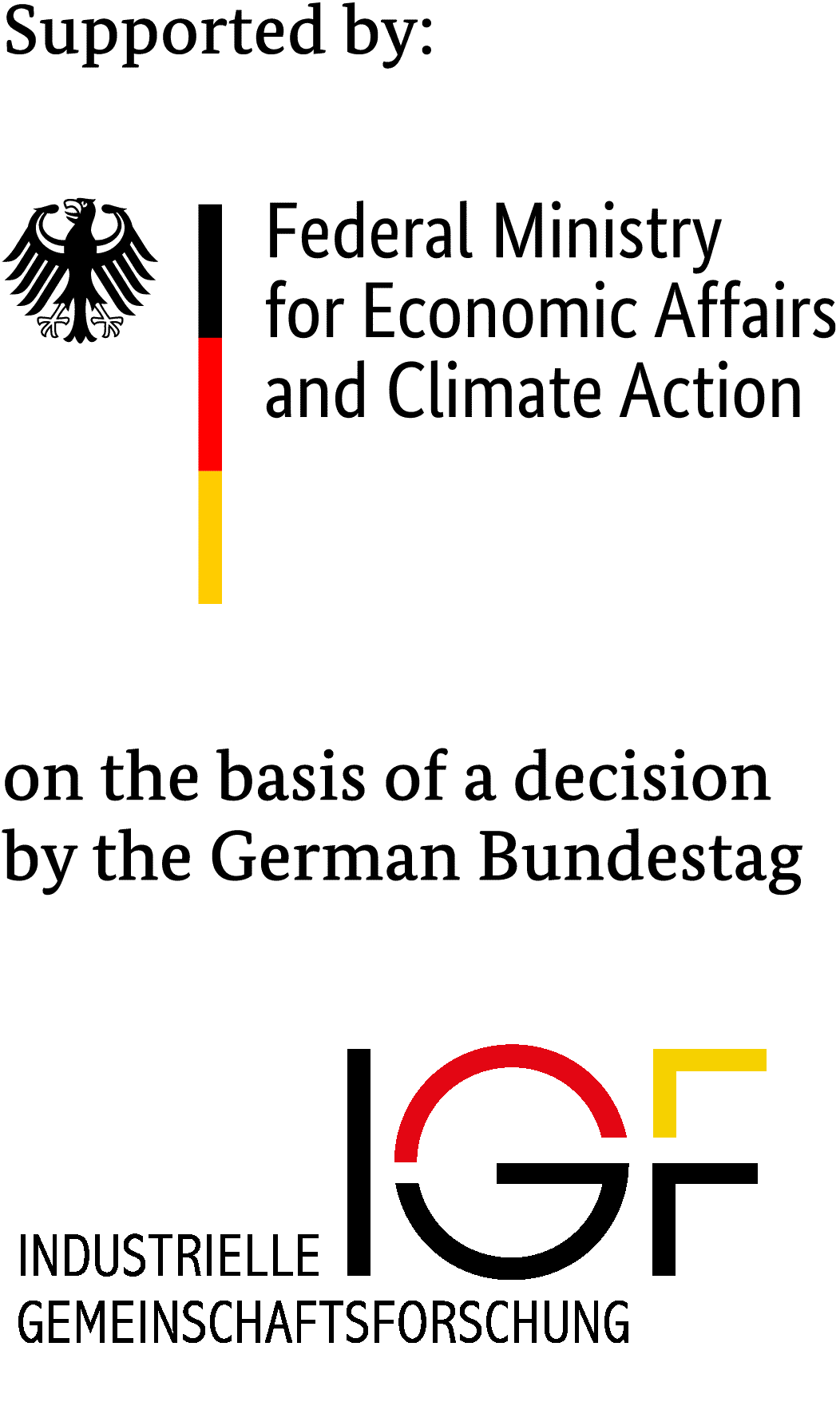Background and aims of the project
First of all, the influence of the by-oxides contained in the fuel ashes on the mineralogy of the clinker produced in the burning process will be determined. Furthermore, the influence of the changed clinker mineralogy on the performance of cements produced with such clinkers will be investigated. At the same time, the influence of the changed burning conditions on refractory corrosion and coating formation will be examined, taking into account circulation processes, which in rotary kilns also influence the proportion of volatile constituents in the hot meal and in the kiln atmosphere.
The results will provide cement manufacturers with a broad data basis for evaluating the influences of their own fuel ashes on the melting temperature of the raw materials for clinker. SMEs in the cement industry can thus take advantage of earlier melt formation in the clinker burning process.
Refractories manufacturers gain new knowledge about the effects of a further increase in the proportion of alternative fuels and simultaneously reduced process temperatures on the service life of the refractory materials or the lining of rotary cement kilns. SMEs in the refractory industry can thus better predict the coating formation and the influences on the corrosion of the refractory products. The gained knowledge can be used to improve refractory products.

